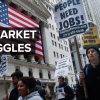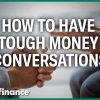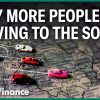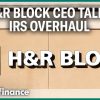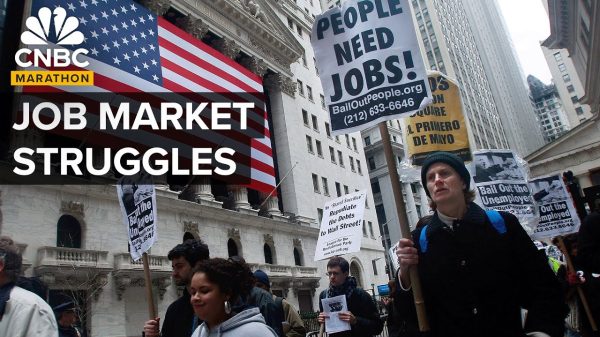Question: Why are there so many ETFs?
Answer: ETF issuance is profitable, so Wall Street keeps cranking out more products to sell.
I leverage proprietary data to identify three red flags you can use to avoid the worst ETFs:
1. Inadequate Liquidity
This issue is the easiest to avoid, and my advice is simple. Avoid all ETFs with less than $100 million in assets. Low levels of liquidity can lead to a discrepancy between the price of the ETF and the underlying value of the securities it holds. Small ETFs also generally have lower trading volume, which translates to higher trading costs via larger bid-ask spreads.
2. High Fees
ETFs should be cheap, but not all of them are. The first step is to benchmark what cheap means.
To ensure you are paying at or below average fees, invest only in ETFs with total annual costs below 0.46%, – the average total annual cost of the 716 U.S. equity Style ETFs my firm covers. The weighted average is lower at 0.13%, which highlights how investors tend to put their money in ETFs with low fees.
Figure 1 shows InfraCap Equity Income Fund ETF (ICAP) is the most expensive style ETF and JPMorgan BetaBuilders U.S. Equity ETF
BBUS
SPLG
SPTM
Figure 1: 5 Most and Least Expensive Style ETFs
Investors need not pay high fees for quality holdings. Alpha Architect U.S. Quantitative Value ETF
QVAL
On the other hand, State Street SPDR Portfolio S&P 500 Value ETF
SPYV
3. Poor Holdings
Avoiding poor holdings is by far the hardest part of avoiding bad ETFs, but it is also the most important because an ETFs performance is determined more by its holdings than its costs. Figure 2 shows the ETFs within each style with the worst portfolio management ratings, a function of the fund’s holdings.
Figure 2: Style ETFs with the Worst Holdings
Invesco (IVRA,
XSHD
VOE
Roundhill MEME ETF (MEME) is the worst rated ETF in Figure 2 based on predictive overall rating. Invesco NASDAQ Future Gen 200 ETF (QQQS), SoFi Be Your Own Boss ETF (BYOB), Motley Fool Small Cap Growth ETF (TMFS), Invesco Real Assets ESG ETF (IVRA), IQ U.S. Mid Cap R&D Leaders ETF (MRND) also earn a very unattractive predictive overall rating, which means not only do they hold poor stocks, they charge high total annual costs.
The Danger Within
Buying an ETF without analyzing its holdings is like buying a stock without analyzing its business model and finances. Put another way, research on ETF holdings is necessary due diligence because an ETF’s performance is only as good as its holdings.
PERFORMANCE OF ETFs HOLDINGs – FEES = PERFORMANCE OF ETF
Disclosure: David Trainer, Kyle Guske II, and Italo Mendonça receive no compensation to write about any specific stock, style, or theme.
Read the full article here





